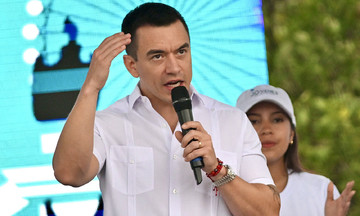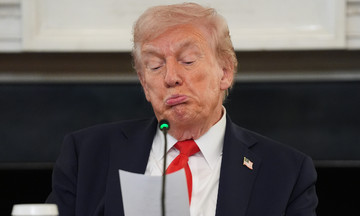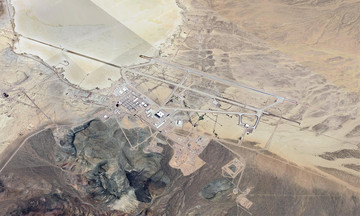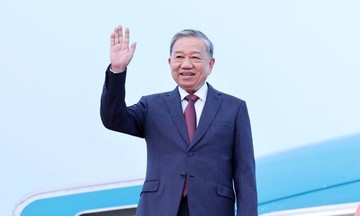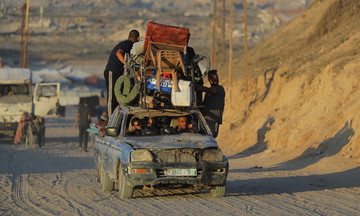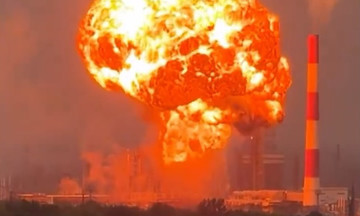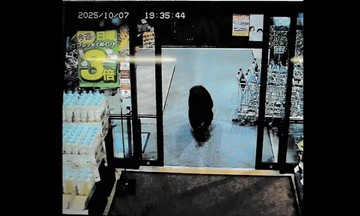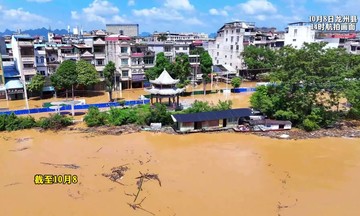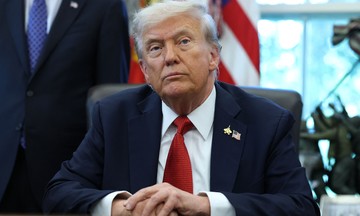Protests against social media restrictions in Nepal erupted on 8/9 and turned violent after police opened fire, resulting in 20 deaths and hundreds of injuries. Angry crowds set fire to the parliament building and the supreme court, attacked officials, and besieged their homes, forcing the army to conduct helicopter rescues.
The situation threatened to spiral out of control on 9/9 after Prime Minister Sharma Oli and several high-ranking officials resigned without replacements, effectively paralyzing the government. Recognizing the police's inability to cope and the resulting power vacuum, the Nepalese army intervened, becoming a stabilizing force for social order.
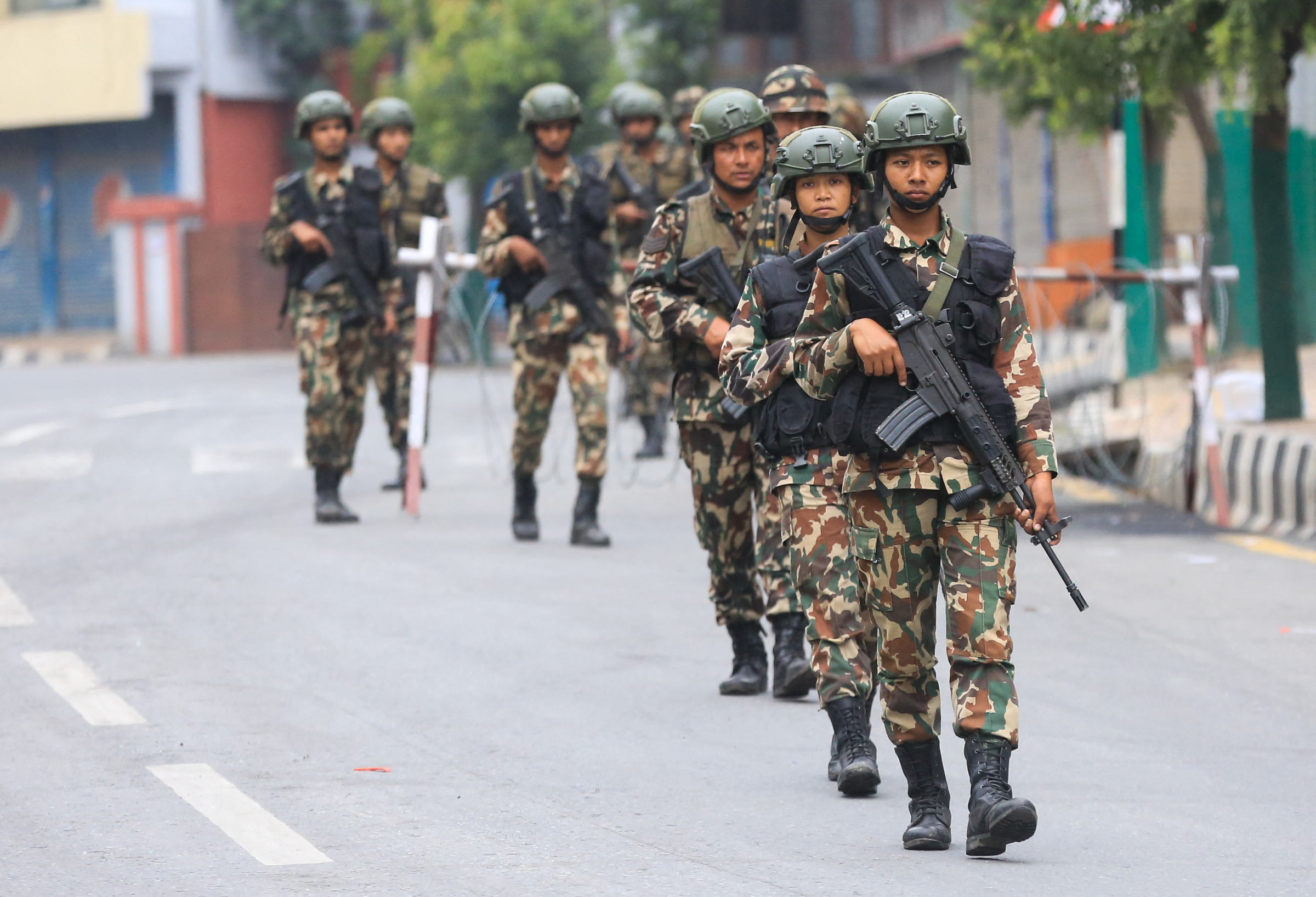 |
Nepalese army soldiers stand guard on the streets of Kathmandu on 10/9. Photo: AFP |
Nepalese army soldiers stand guard on the streets of Kathmandu on 10/9. Photo: AFP
Tensions eased considerably shortly after Army Chief Ashok Raj Sigdel appeared in a short video on 9/9, urging calm. Soldiers began patrolling the streets at 10 PM that day, imposing a curfew and preventing further arson by protesters.
The situation gradually stabilized as army leaders began talks with protest leaders to find a way out of the crisis. According to Major General Binoj Basnyat, who retired in 2016, the Nepalese people trust the army because its leaders are committed to remaining under civilian control.
A 2022 survey conducted by The Asia Foundation found that 91% of Nepalese citizens trust the army more than any other institution in the country.
This trust was evident in the widespread compliance with the curfew imposed by the army on the night of 9/9. Violence, vandalism, looting, and personal attacks subsided as the army warned of severe consequences for unlawful actions.
The Nepalese army patrolled and secured key areas in Kathmandu. Soldiers checked identification at checkpoints, urged people to stay home unless absolutely necessary, and handed over weapons collected during the protests. Some residents formed small groups to clean the streets.
The army also suppressed a prison break in the capital when inmates overpowered guards and set fire to the building. Soldiers fired warning shots, regained control, and transferred the escaped prisoners to another facility without any reported casualties.
Heeding Commander Sigdel's call, protesters canceled all planned demonstrations from 10/9 onward.
"The army will certainly create a safe environment until the elections," Basnyat said.
However, these events have placed the Nepalese army in a difficult position. The force, famous for its Gurkha warriors, has never held political power but is now involved in a complex transition.
"For the first time in Nepal's history, the army is at the apex of political power," commented retired Indian General Ashok Mehta.
The Nepalese army's history dates back to 1560, a year after the Gorkha Kingdom was founded, with the purpose of protecting its territory and expanding its power. The force, then known as the Gorkhali Army, was renowned for its fighting spirit and strict discipline.
After Gorkha unified neighboring kingdoms in the 18th century, forming modern-day Nepal, the Gorkhali Army became the Royal Nepalese Army (RNA). RNA soldiers were so renowned that the British recruited them, forming Gurkha units within their own army.
During the Nepalese Civil War (1996-2006), the RNA remained loyal to the monarchy in Kathmandu, opposing rebel forces seeking to overthrow it. When Nepal transitioned from a monarchy to a republic in 2008, the RNA became simply the Nepalese Army.
Mehta suggests that the army's feudal past leaves it ill-prepared to safeguard democracy. The force does not crave power and is struggling with the rapidly evolving situation. He believes their biggest mistake was not acting sooner on 9/9. They could have saved lives and prevented billions of USD in damage by taking over security responsibilities more quickly.
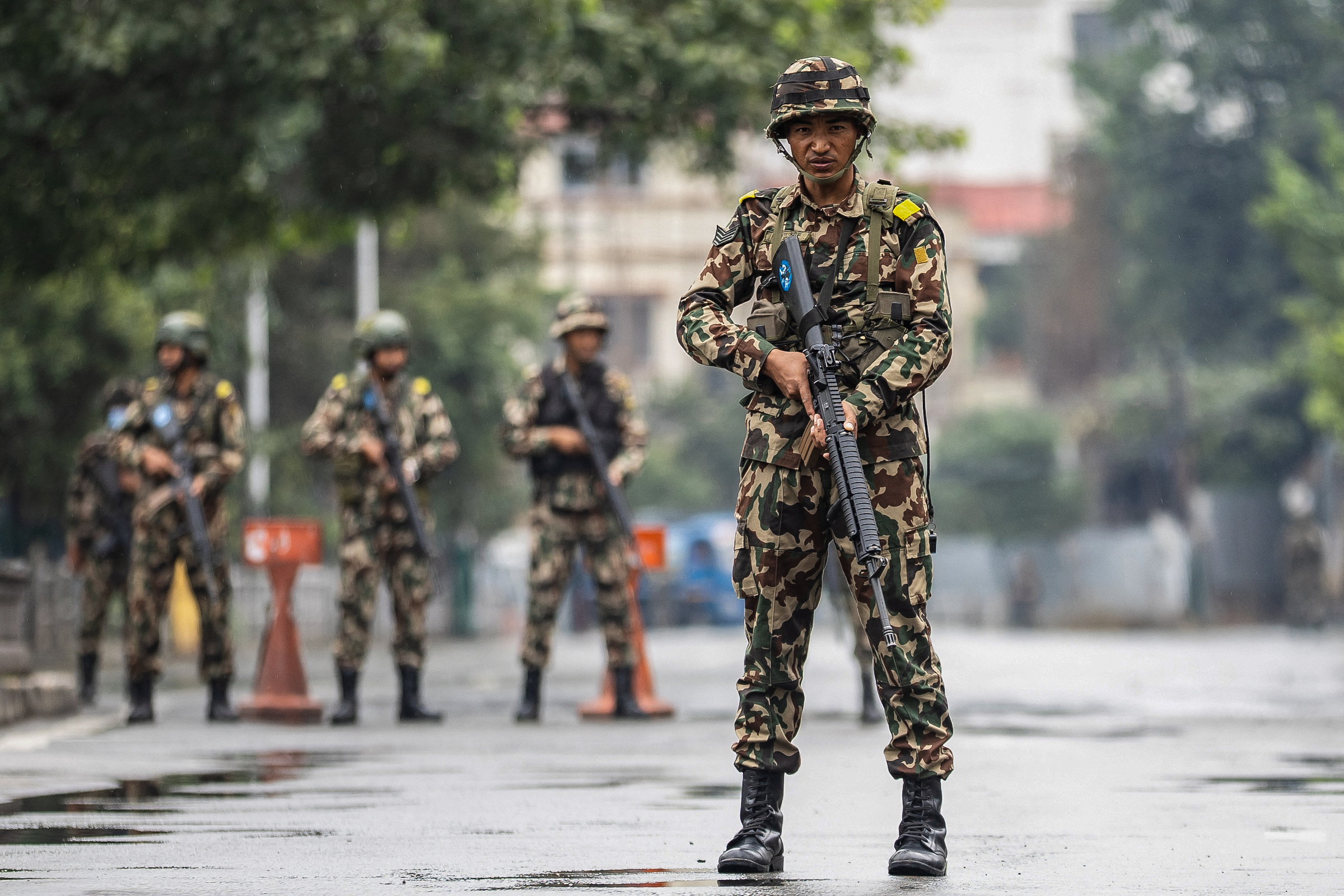 |
Nepalese army soldiers stand guard on the streets of Kathmandu on 11/9. Photo: AFP |
Nepalese army soldiers stand guard on the streets of Kathmandu on 11/9. Photo: AFP
The future of Nepalese politics now hinges on the army's decisions. Gen Z protesters have met with Commander Sigdel twice to nominate former Chief Justice Sushila Karki as interim prime minister. Karki has confirmed her willingness to serve, but the army has not commented.
The army's role in establishing an interim government remains unclear. According to the Nepalese constitution, any interim government must be approved by the president. President Ram Chandra Poudel has not appeared in public since the protests began on 8/9.
Nhu Tam (AFP, Reuters, BBC)



